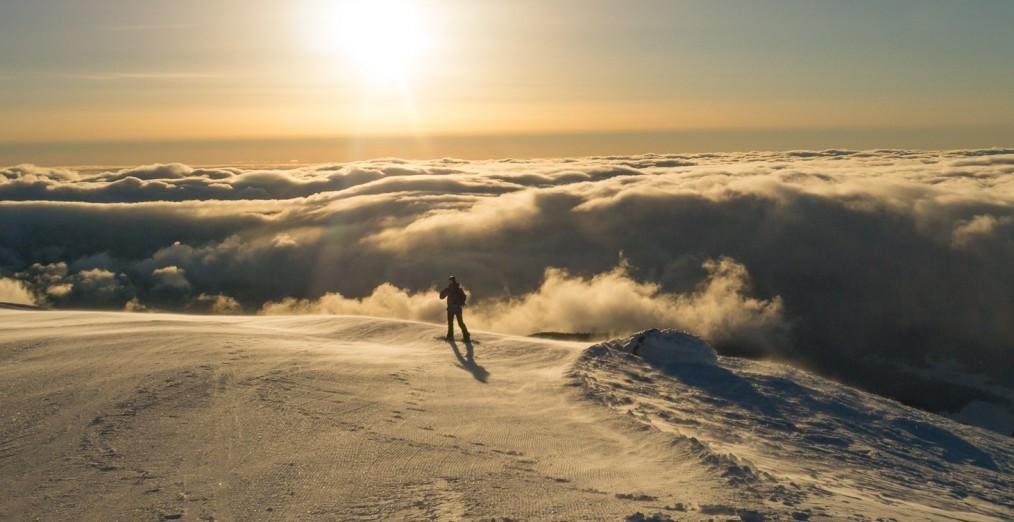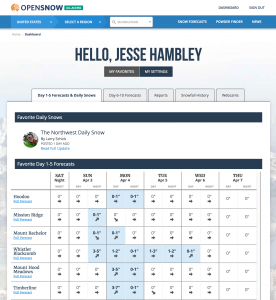(photo: Cory Betzel on Mt. Rainier)
Well it’s that time of the year again. What time is that? Time to get the board and skis waxed? Time to start watching all of the new powder films? Time to plan all of your Winter trips? Nope.. It’s time to get scared again.
On September 27th of this year, we experienced the first avalanche death of the season in Banff. If it wasn’t already in our Fall plans, this should be a urgent reminder that it’s time to dust off our Avalanche Training books and start to review our materials. It’s easy to go into the season with too much confidence and to forget some of our basic knowledge when the stoke is high after a long absence of powder in our lives. So it’s time to get ourselves scared and educated again before we enter the backcountry…
Where are some good places to get scared? There are a lot of ways but here are some of my favorite places:
- Read the accident and avalanche reports from the past season in your area. Besides being an eye opening reminder of what can happen, it also gives you a better understanding of what happens in your surrounding area. At Avalanche.org you can read about some of the 30 avalanche deaths we had in the 2015-2016 US season.
- KBYG.org has a good list of all of the Avlanche Centers in the US and they also have a terrifying video of being caught in an avalanche.
- Films! Go watch some of your favorite films where people have accidentally triggered avalanches. Another good film is Snowman, the story of an avalanche forecaster in BC.
- Besides your avalanche training materials, Staying Alive in Avalanche Terrain is great book to read if you want to get into some statistics on fatalities and accidents.
- Lastly, Youtube “Caught in Avalanche”
Now that you’re scared, here are some useful online resources to refresh your knowledge:
- The K2 Elevated Education Videos gives you a good overview of everything from skinning to digging pits.
- The Jones Snowboards Cheatsheet.
- BCA’s Learn Section.
- University Corporation for Atmospheric Research forecast info.
- National Avalanche Center’s online training.
Enjoy the new pow and stay safe out there.









